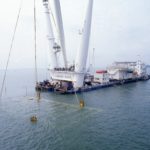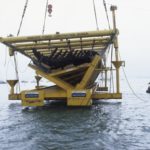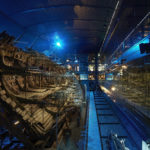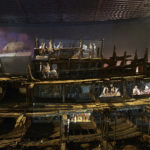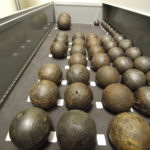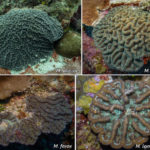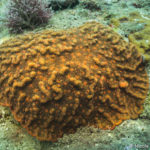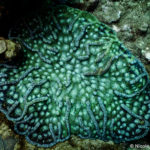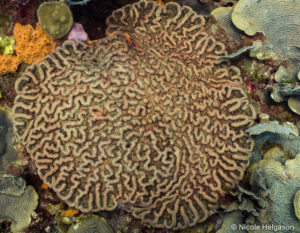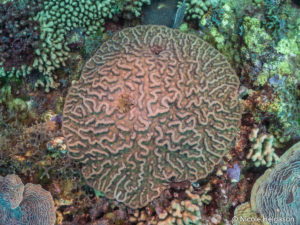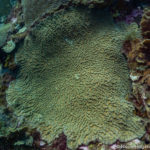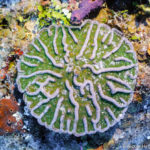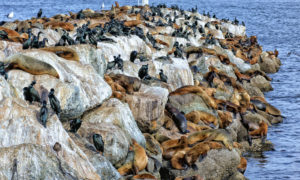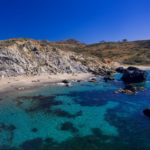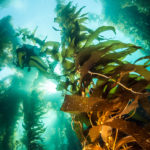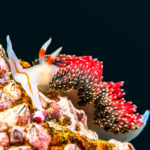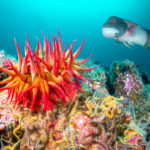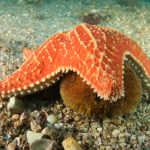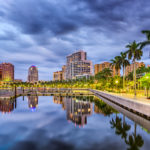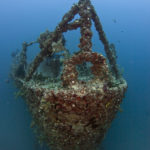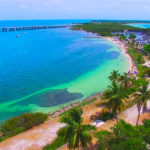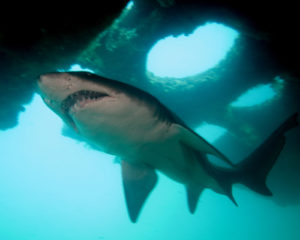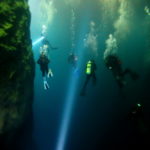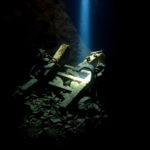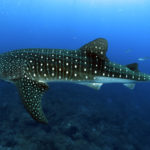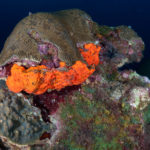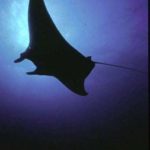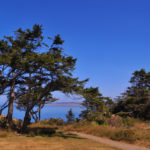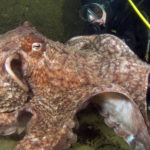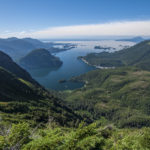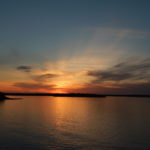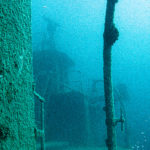Every time we enter the water as scuba divers we’re entering an alien environment. There are inherent risks and, no matter what your personal background, qualification or skill level, the laws of physics remain consistent. We all face the possibility of contracting decompression sickness (DCS), also called caisson disease or the bends. What are the signs and symptoms of decompression sickness, and how do we mitigate our risks? Here’s what to look for and how you can do your best to avoid it.
When does DCS occur?
Decompression sickness manifests after inadequate decompression following exposure to increased ambient pressure while scuba diving. Some instances are mild and not immediately life-threatening while other instances can be quite serious, even deadly. If you get DCS, the more swiftly you begin treatment, the greater likelihood that you’ll recover fully.
Students learn the basics of DCS during initial open-water training. Many factors can predispose you to DCS, including illness, age, alcohol or drug use, extreme heat or cold, old injuries, proneness to blood clotting, obesity, medication, lack of sleep, extreme fatigue and dehydration.
Nitrogen bubbles forming at the joints are the cause of the joint pain experienced in a classical “bend.” However, the signs and symptoms of decompression sickness are also quite wide-ranging and, in some cases, divers may confuse them with other causes, leading to an incorrect diagnosis.
Essentially, we break down signs and symptoms into ‘Type 1’ and ‘Type 2.’
Type 1 symptoms of DCS
DCS Type 1 symptoms are generally milder and less immediately critical than Type 2 DCS symptoms.
Type 1 is often identified with musculoskeletal pain, such as the classic pain the joints at the elbow or knee. Alternatively, or sometimes in addition, they may also include skin symptoms. Skin manifestations include mild rashes and itching, which may present on the torso, such as around the stomach, chest or shoulders. Sometimes Type 1 DCS is associated with obstruction of the lymphatic system. Tissues surrounding the lymph nodes — such as in the armpits, behind the ears or in the groin area — may become painful.
Left untreated, symptoms of Type 1 DCS can intensify and become acutely painful. For example, a Type 1 DCS issue may originate as a gentle, throbbing ache in the elbow and increase in severity. Many divers instinctively clutch painful limbs in these cases, as holding the limb in one stable position may reduce discomfort.
Many divers experiencing these symptoms will impulsively deny that it’s DCS. Often, they’ll ascribe their symptoms to non-diving problems, such as straining when lifting their bags onto the boat.
Type 2 symptoms of DCS
Considerably more serious and, potentially, life-threatening, Type 2 DCS symptoms characteristically fall into three categories: inner ear, neurological and cardiopulmonary.
Inner-ear symptoms may include a sensation of tinnitus (ringing in the ears) or hearing loss. Linked to inner-ear damage, other symptoms may include dizziness or vertigo and, as a side-effect of that, impaired balance, nausea and vomiting.
Neurological symptoms may include numbness, a ‘pins and needles’ sensation in the limbs, or muscle weakness. This may also manifest in difficulty walking and the patient struggling to support his body weight. Physical coordination may diminish, and subjects may appear confused, lacking clarity and alertness. Bladder control can be affected as well, with some patients desperately needing to pass water but unable to do so.
Cardiopulmonary symptoms include a dry cough and difficulty breathing. This is sometimes referred to as having “the chokes.” Some patients report pain in the chest behind the breastbone and suffer dyspnea, a struggle to breathe. These are some of the most serious symptoms as the issues compromise the lungs’ ability to function.
Recognition and acceptance
In the most severe cases, signs and symptoms of decompression sickness can appear even before surfacing, during ascent or immediately on reaching the surface. Those outlined above usually appear within 15 minutes of surfacing, however, but may occur up to 12 hours after the end of the dive. The likelihood of symptoms developing after that window of time is low. However, symptoms may occur, especially if the diver flies home before the recommended time at sea level has passed.
Symptom denial is often a problem for divers. An instance of DCS is sometimes associated with divers making a mistake — overstaying their time limits at depth or ascending too quickly, for example. This stigmatization leads divers to hide or misattribute their symptoms rather than seeking assistance. In many cases, however, a diver will have done everything right and dived a safe plan, but a combination of predisposing factors led to the problem.
Divers in denial will assign the symptoms to another cause — tight exposure suits, heavy lifting, or even sea sickness often blamed rather than a possible instance of DCS. However, denial simply delays assitance as the diver hopes the symptoms will subside on their own. In some cases, symptoms may remain mild or even go away by themselves. Often, however, they strengthen in severity until you must seek medical attention, and they may have longer-term repercussions.
Treating DCS
If you feel unwell after a dive, tell someone. You may simply have a headache after a dive, most likely a symptom of overexertion, heavy breathing or dehydration. But if you’re experiencing any of the DCS symptoms outlined above following a dive, acknowledge them. If you’re diving independently with buddies, let them know your symptoms and consider if DCS might be to blame. If you’ve planned your dive trip correctly you’ll have oxygen, first aid kit and an emergency assistance plan in place. Now is the time to enact it. If you have any doubts, call DAN or your local emergency-assistance provider.
If you’re on a dive boat such as a liveaboard, tell the dive crew. The vessel’s trip leader will make an initial assessment of the situation. If they suspect DCS it will often be classified as an ‘emergency,’ (immediately life-threatening), ‘urgent’ (the diver is in severe pain but is stable) or ‘timely’ (symptoms are either inconsistent or have progressed slowly for several days). A responsible dive operator will have an emergency assistance plan onboard, administer immediate first aid and monitor the patient’s condition. They will simultaneously gather dive data for the past 48 hours and liaise with DAN and/or local EMS or chamber facilities to arrange the evacuation of the patient as required.
Scuba diving is a safe sport. Nevertheless, diving safely and staying mindful of the predisposing factors of DCS — and how to recognize symptoms if they occur — will help you get the necessary treatment quicker and lessen the chances of long-term residual symptoms.
The post Signs and Symptoms of Decompression Sickness appeared first on Scuba Diver Life.
from Scuba Diver Life https://ift.tt/2HDSwxj

